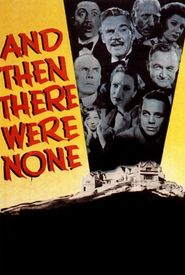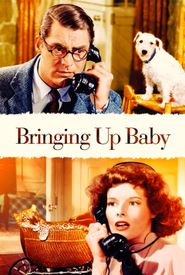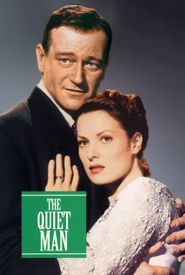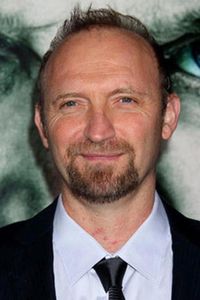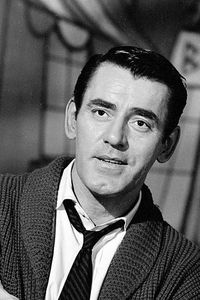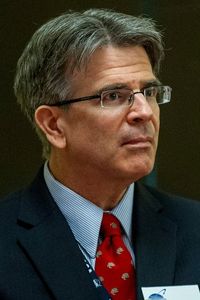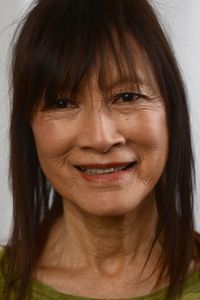William Joseph Shields, better known as Barry Fitzgerald, was a renowned character actor and scene-stealer in Hollywood, born in 1888 in Dublin, Ireland. Despite being educated for a career in banking, Fitzgerald was bitten by the acting bug in the 1920s and joined the prestigious Abbey Players in Dublin.
Fitzgerald's breakthrough role was as Juno And The Paycock in the Abbey Theatre production, a role he later reprised in his film debut, directed by Alfred Hitchcock in 1930. This success led to his being coaxed to the United States in 1935 by John Ford to appear in the film adaptation of The Plough and the Stars (1936),another Sean O'Casey masterpiece.
Settling in Hollywood, Fitzgerald went on to deliver outstanding performances in films such as The Long Voyage Home (1940),How Green Was My Valley (1941),None But the Lonely Heart (1944),And Then There Were None (1945),Two Years Before the Mast (1946),and The Quiet Man (1952),for which he is perhaps most fondly remembered.
Fitzgerald's most iconic role was as gruff, aging Father Fitzgibbon in Going My Way (1944),earning him the Academy Award for Best Supporting Actor. He was also nominated for the Best Actor Oscar for the same role, a feat that has never been replicated. Barry Fitzgerald passed away in his beloved Dublin in 1961.

